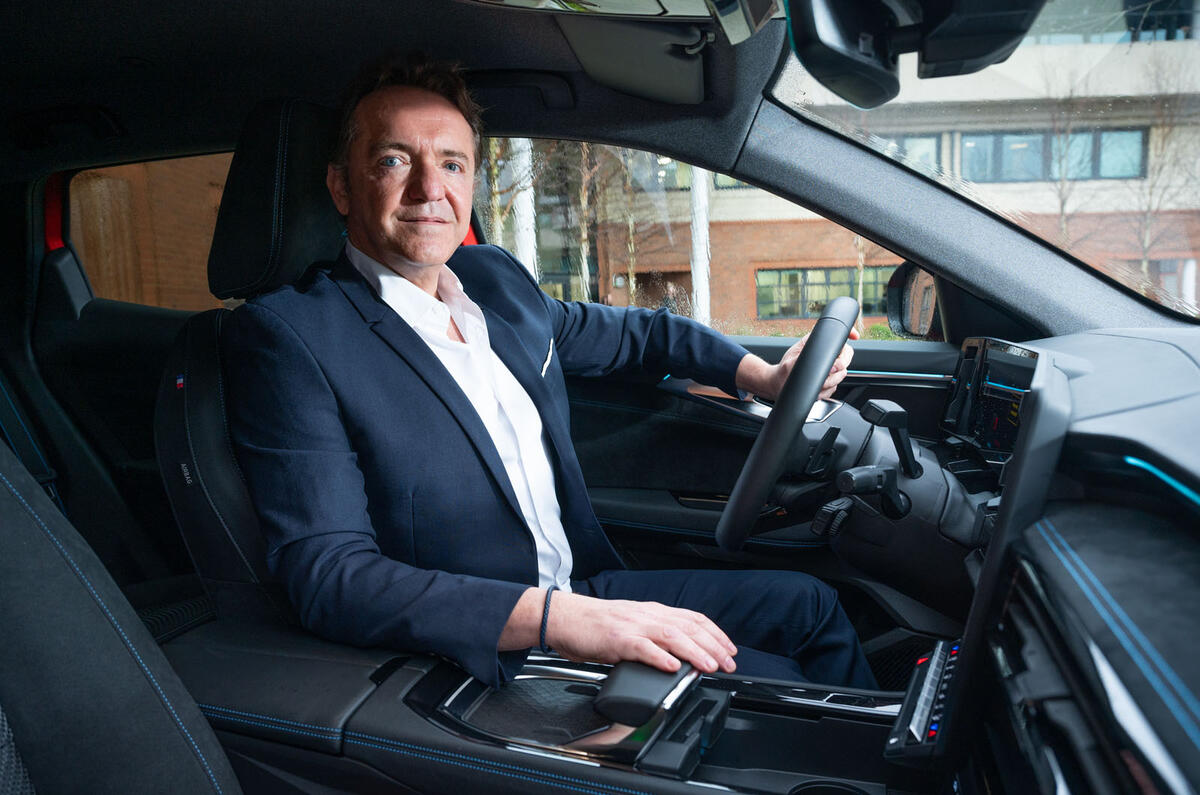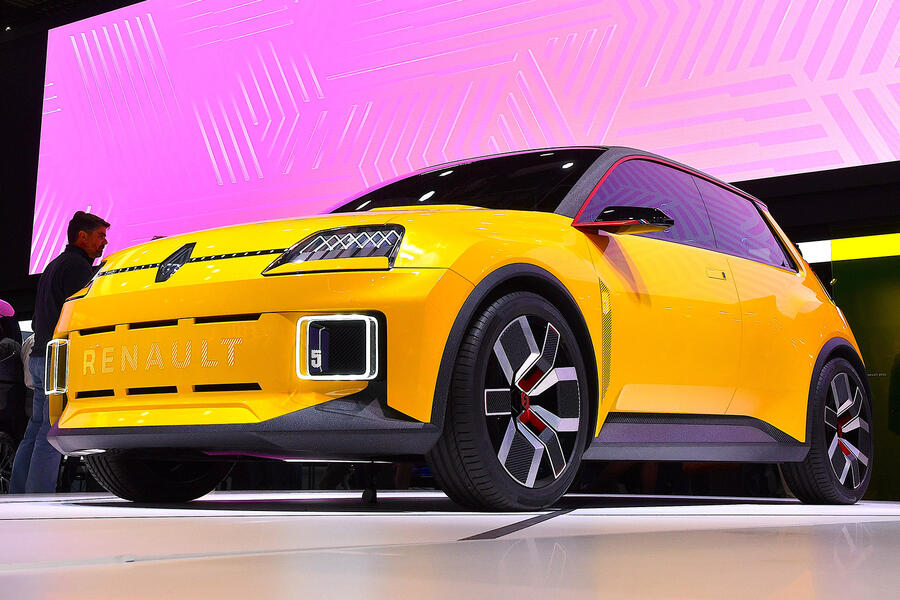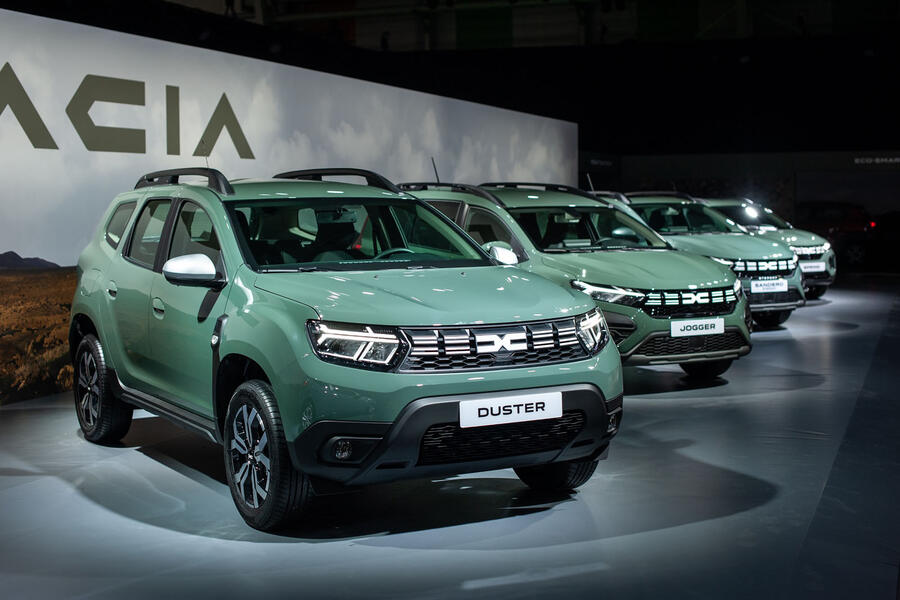Guillaume Sicard took the helm of Renault UK a year ago, steering it to a 2% market share across 2022, up 8.21% year on year, but most significantly growing sales of its electrified portfolio across the year - something he sees as crucial for future success.
Having previously led teams in India and China, he reflects here on his first year in the UK, why dealers are critical to future success, how the Renault 4 and Renault 5 can accelerate transformation plans and why vans are a critical part of future success.
Are you happy with 2022’s performance, given the market overall shrank?
“Yes, if I look at all the constraints that we had in terms of components, logistics, pricing, launching, then I have to say that in the end we had a good year.”
What are the pressures in the current market?
“I prefer to say that we are very lucky, not pressured. We have a good portfolio of models, a high level of back orders - although that can be a pain for customers. It is the right direction.
“In truth, I don’t like talk of pressure, because doing your normal job should not put you into stress or panic. Yes, we have targets and so on, but if they cause you to panic, then you run around losing energy and end up achieving little.
“We need to plan as much as we can. We know it's tough, but we have become good at managing the unexpected and so good planning is now just part of what we do. By planning we can map out a future of improvements that we can deliver - and I like the look of the plan we have.”
How long are waiting times for new customers now?
“As an average, for cars, a few months. About the same as rivals but really too long. Sure, it’s nice to have more customers than cars, but the optimum point is when you have one more customer than you have cars, not like it is today. By the second half of 2023, I expect to see supply starting to open up nicely again.”
Is it the same for vans?
“For light commercial vehicles it’s much more. We are working to improve this, but realistically we can only expect a slight step forward this year. The very nice difficulty we have is that demand is so high. That’s good for us, but also an indication that the structural economy of the country is still strong.
“Electric vans are interesting, too. In the new Kangoo Electric, we have - and forgive me for being immodest, but this is from the awards we have won - perhaps the best electric van there is. The uptake is slow because the financial commitment is still large, but it will keep stepping up.”







Add your comment